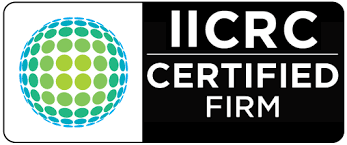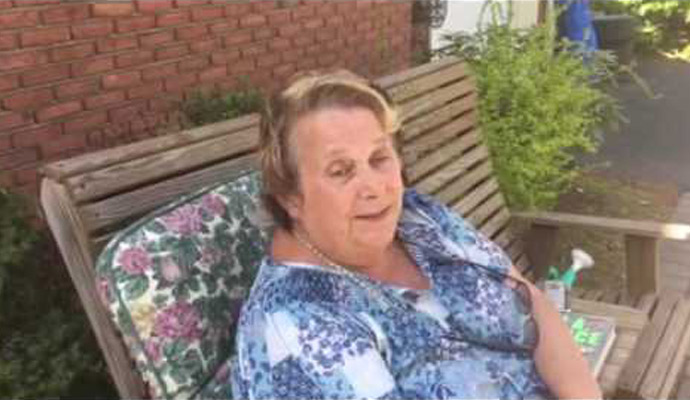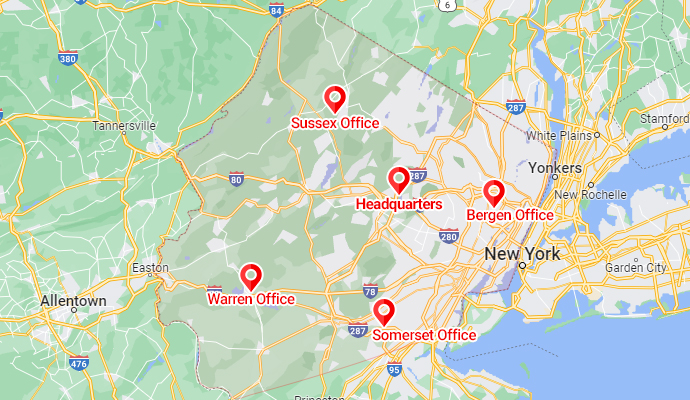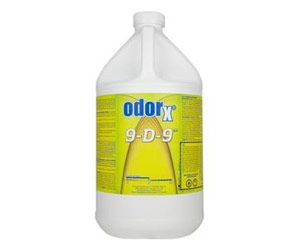
How To Deodorize After a Fire in NJ
When you smell an odor after a fire, it is coming from the soot. Remember soot is between 1-3 microns in size. You may smell the odor for weeks but never see visible signs of the soot. For proper deodorization to take place, you will still need to clean and possibly use a combination of deodorization techniques in order to get rid of the odor. At PDQ Restoration, we understand deodorizing techniques and are happy to share these tips:
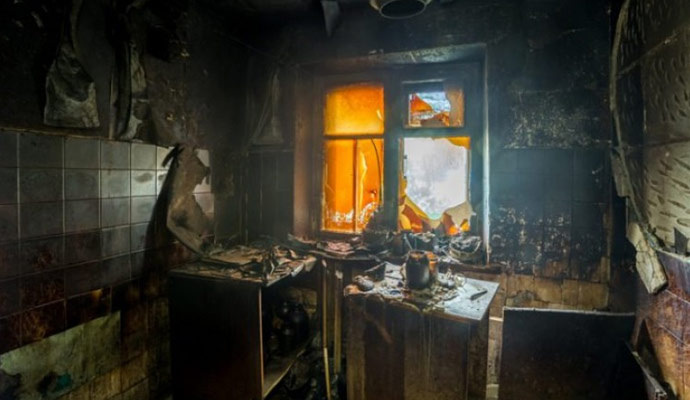
What are Pairing Agents?
This is a fancy way to say deodorizer. A deodorizer actually will change the molecular structure of the odor and neutralize it. Different deodorizers will be needed for each type of fire. Masking an odor will only temporarily hide the odor, it will come back. Odor will be more prevalent when it is warmer and more humid.

Different Ways to Deodorize
There are many ways to deodorize your home and contents. There specific reasons to use each way. Sometimes a combination of techniques would be used.

Hydroxyl Generator
Hydroxyls are made by air passing over a 3 optic ultra violate light. These molecules will attach to odor molecules and neutralize the odor. Hydroxyls will also sanitize the air. Cruise ships and hospitals use these all of the time. It is 99.9% effective in killing the H1N1 virus! Insurance companies love them because they are extremely effective in deodorization and are safe to be in the home while they are running. No hotel rooms maybe required!
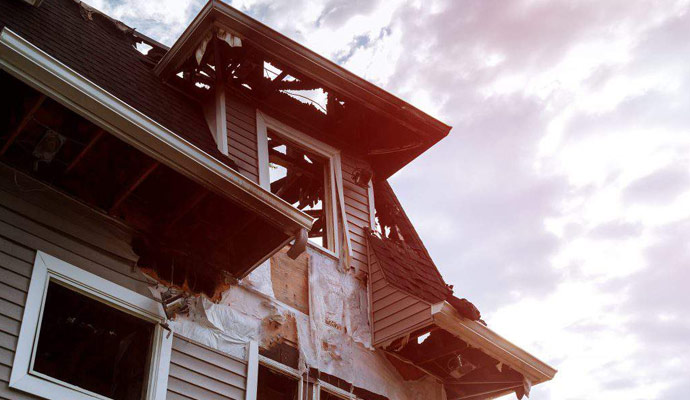
Ozone
Ozone is extremely effective in neutralizing odor. Ozone is actually O3, which is a chemically unstable molecule and wants to get back to O2. The extra molecule will bind with the odor particles and there for neutralize the odor. These machines can not be used in occupied areas or around pets. Ozone will also harm plants, foam within your furniture and synthetic rubbers. These machines are typically used in “Ozone rooms” for specific applications.

Deodorizing Crystals
Odor absorbing crystals attract odors within a room and usually also have a fragrance smell to give you a perceived sense of a deodorized room. These are usually used with one or more other techniques.
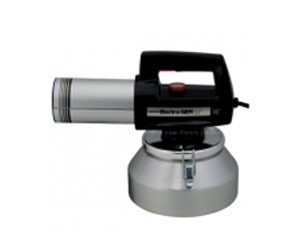
Fogging
Fogging maybe used with a pairing agent and fragrance. Fogging a structure will allow the fog to find its way into all hidden areas just like the smoke did. Your house must be vacated, and properly vented after fogging.
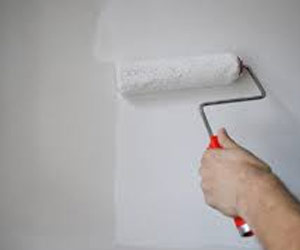
Sealing
Sealing affected areas before painting will help encapsulate any pairing agents that you used as well as not allow odor to escape. You will then need to paint.
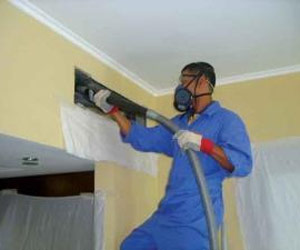
Cleaning the HVAC system
After a fire your HVAC system will need to be professionally cleaned, deodorized and sanitized. The air diffusing registers will need to be HEPA vacuumed. The filters in each unit must be changed.
Who Should I Call for Help?
Call a certified smoke & odor cleanup company like PDQ Restoration. There are a couple of main accreditation’s that restoration companies can have. The primary association is IICRC, which offers accreditation’s for a variety of different trades, such as Fire and Smoke Restoration Technician (FSRT), Odor Control technician (OCT), Water Damage Restoration Technician (WRT), Applied Structural Drying Technician (ASD), and a host of others. Companies and individuals can also become certified through RIA.
It’s important to use a company certified to perform the work you need done. Not only do they know how best to cleanup the smoke damage and remove the odor, but you’re less likely to deal with any issues/concerns from your adjuster during the claims process. They’ll typically have a list of reputable, certified contractors in the area that deal with smoke damage losses, so they’re familiar with their level of service and professionalism.
If your home or business is in NJ, we’re a company that can provide the expert help you need to clean up and restore your home from your smoke & odor loss.
We are here to help, call PDQ today at 973-447-3363 to speak with one of our smoke cleanup and odor removal restoration experts.




